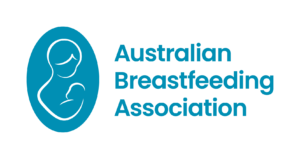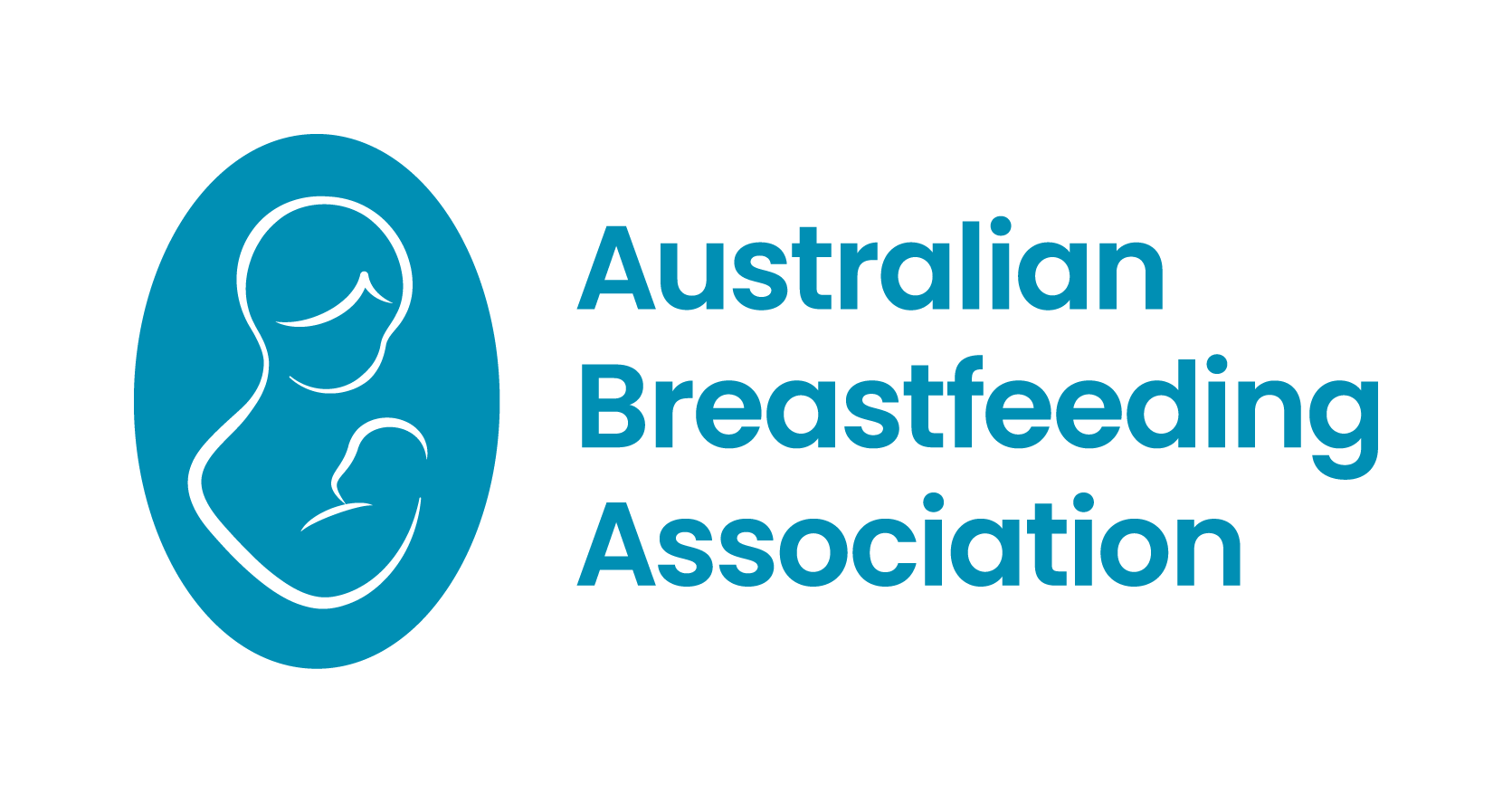The practice and experience of expressing breastmilk
Expressing breastmilk is common, but little is known about how [...]
Expressing breastmilk is common, but little is known about how [...]
Professor Helen Ball, Durham University, UK. Marrying expectations about infant [...]
By Prof Amy Brown The Conversation originally published November 20, [...]
By Dr Susan Tawia, BSc PhD Dip Breastfeeding Mngt Cert [...]
Elise Dioth, BN IBCLC Cannabis is readily available, viewed [...]
By Nicole Bando, Family & Paediatric Dietitian IBCLC Food [...]
By Dr Jessica Edquist, BSc PhD Cert IV Breastfeeding Education [...]
By Laura Klein, PhD, Research Fellow, Milk, Australian Red [...]
By Dr Anita Bearzatto MBBS(Hons), FRACGP, IBCLC Jaundice is [...]
By Dr Susan Tawia, BSc PhD Dip Breastfeeding Mngt [...]
Terms of service
Contact ABA
Need help now?
Call our Breastfeeding Helpline

Acknowledgement of Country
The Australian Breastfeeding Association acknowledges the Traditional Owners of the lands known as Australia. We wish to pay our respects to their Elders past and present and acknowledge Aboriginal and Torres Strait Islander women who have breastfed their babies on Country for more than 60,000 years, and the partners, families and communities who support them.
ABN: 64005081523
The Australian Breastfeeding Association is a Registered Training Organisation
(RTO 21659) and receives funding from the Australian Government.
Quality Indicator Survey Results.
Copyright © Australian Breastfeeding Association | ABA receives funding from the Australian Government

